50+ No-Cook Meals and Snacks for Student-Athletes
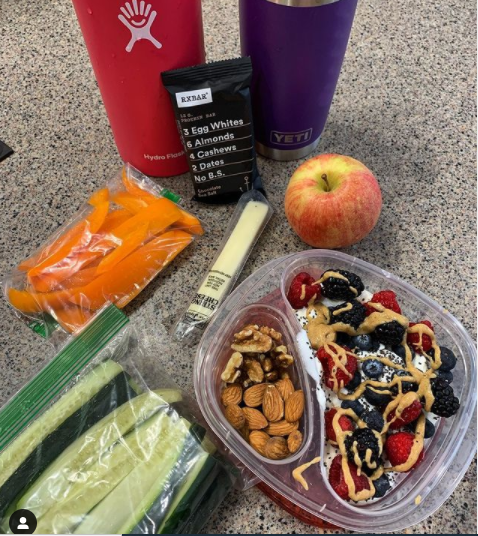
No cooking skills? No problem! Here are some simple "no-cook" meal and snack pairings for student-athletes and active adults!


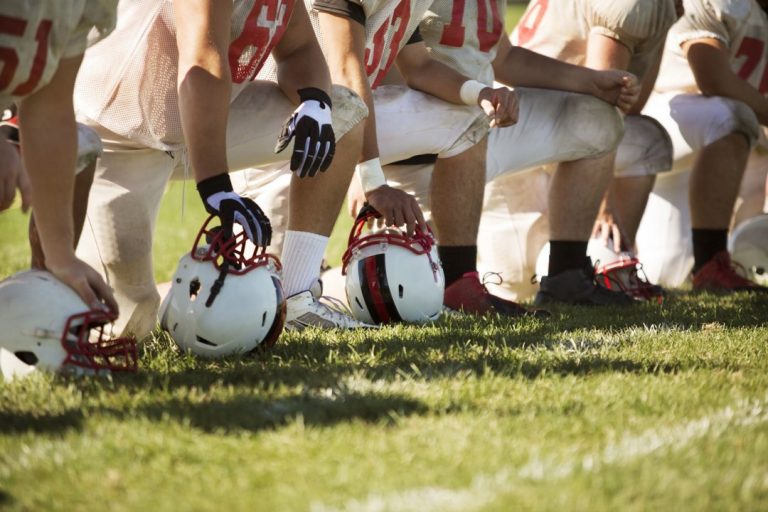
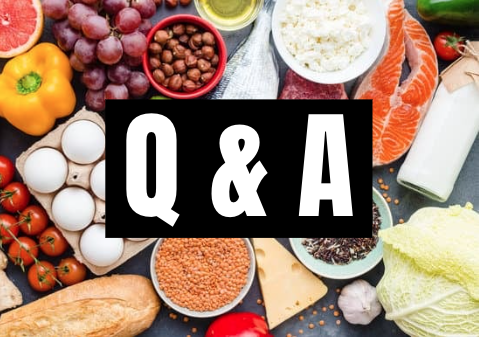




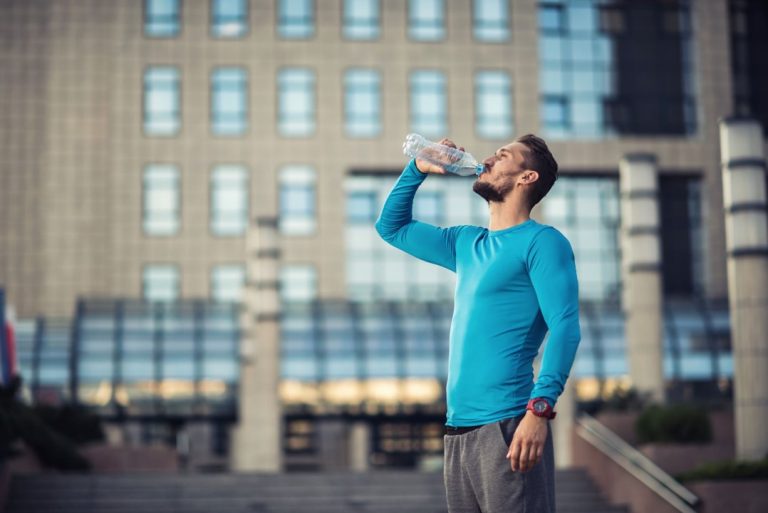

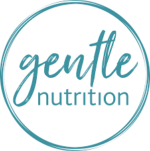

Food Freedom Made Simple A term you may see a lot of on social media lately is “food freedom”. This ideology, if you will, is combatting old practices of dieting and instead giving individuals the freedom to eat foods without…